How to detect surface cleanliness after aluminum profile processing
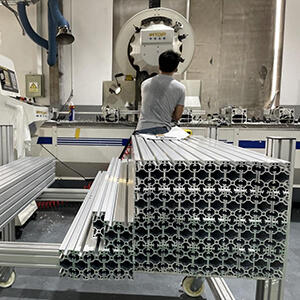
The purpose of cleaning is to ensure that the processed parts of aluminum production equipment reach a certain degree of cleanliness. How to detect and evaluate the cleanliness of the surface of aluminum profile processing parts? Different workpieces have different requirements for performance and reliability due to different cleaning purposes. Therefore, the requirements for cleanliness are also different. The content of cleanliness detection and evaluation, The methods are also different.
Main factors leading to blackening of industrial aluminum profiles
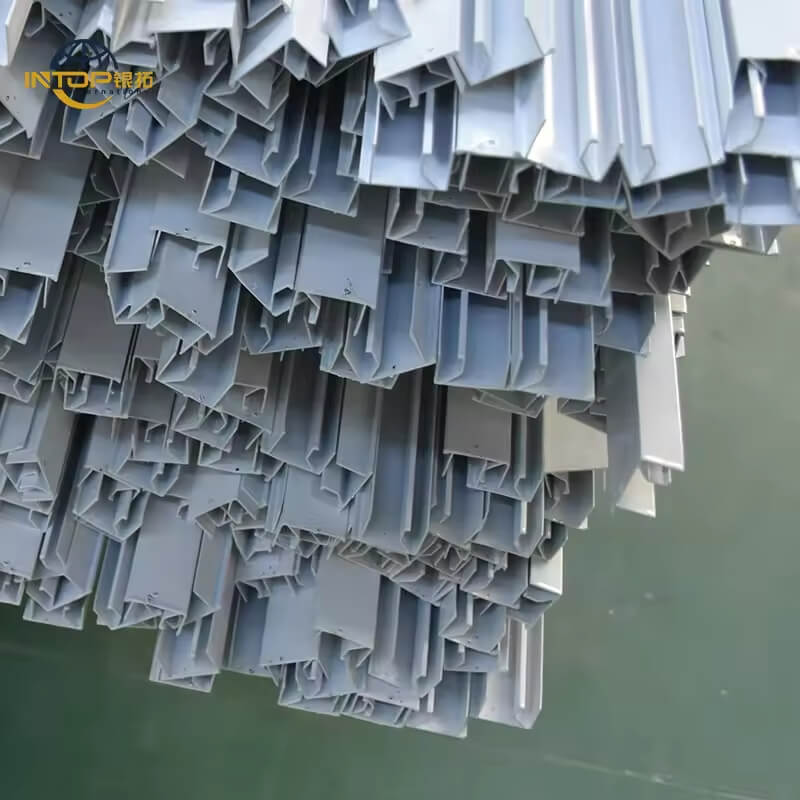
Industrial aluminum profiles are an alloy material with aluminum as the main component. Aluminum materials with different cross-sectional shapes are obtained by hot-melting and extruding aluminum rods. However, the proportions of the added alloys are different. The mechanical properties of the industrial aluminum profiles produced are It is also different from the application field.
Causes and treatment methods of blistering and peeling on the surface of extruded profiles
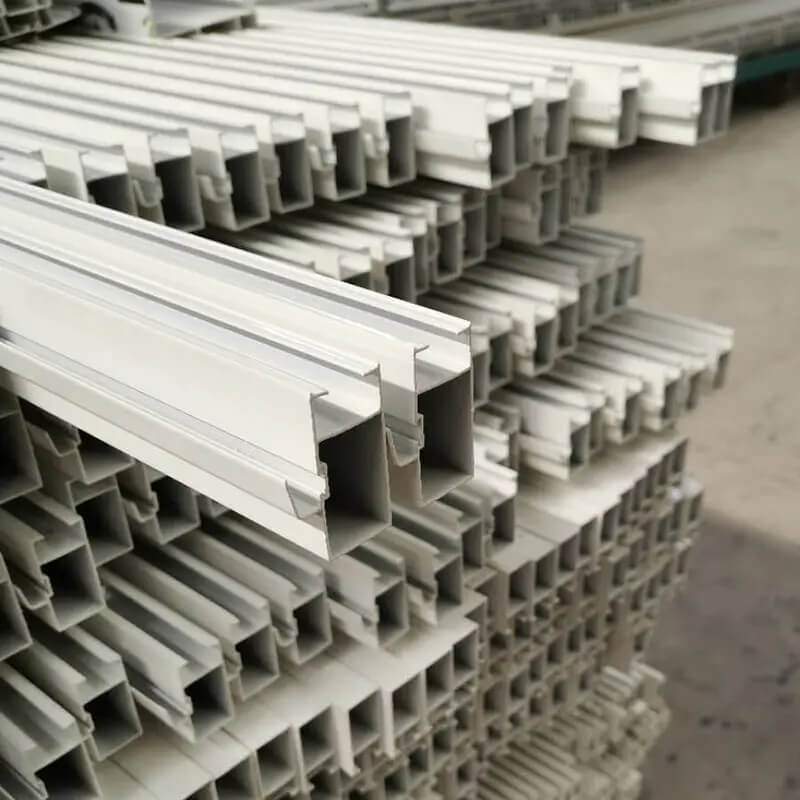
Bubbles or peeling: convex bubbles appear on the surface of the product, often at the head and tail. Complete ones are called bubbles, and broken ones are called peeling.
Advantages of using powder coating for surface treatment of industrial aluminum profiles
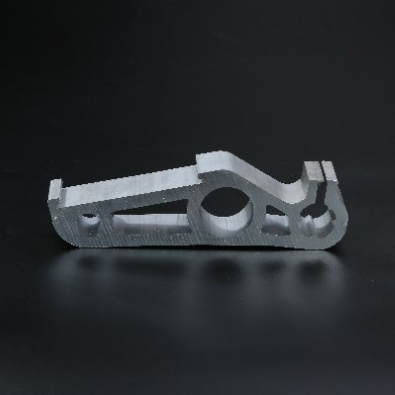
There are three processing methods for industrial aluminum profiles: anodizing, electrophoretic coating and powder spraying. Each of them has its own advantages and occupies a considerable market share.
What extrusion molds are used for hollow aluminum profiles and solid aluminum profiles?
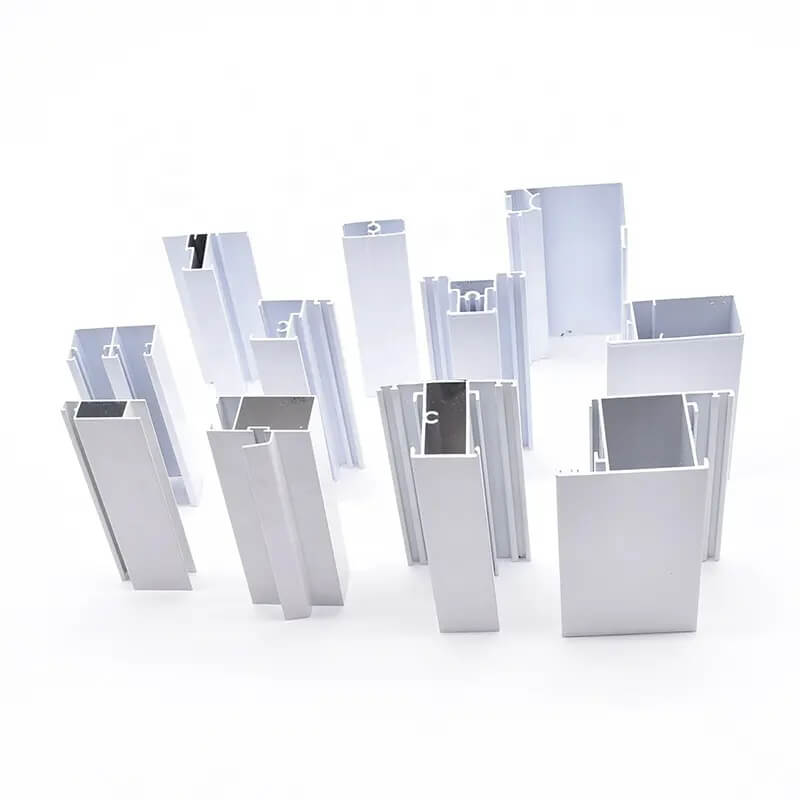
Hollow aluminum profiles and solid aluminum profiles are both extruded after heating aluminum rods. The difference between the two lies in the use of different extrusion dies. So what specific extrusion dies are used for the two profiles?
The Functions of Different Holes on Industrial Aluminum Profiles
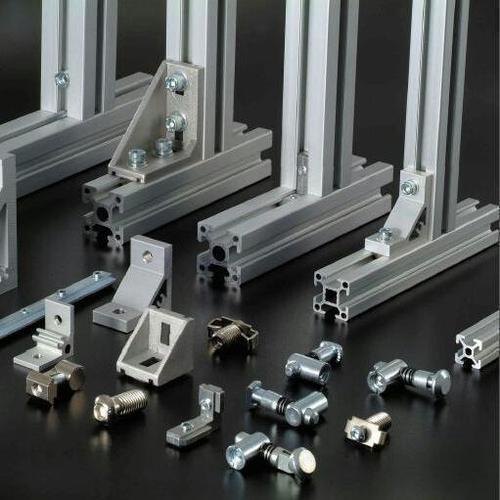
No matter what specification of industrial aluminum profile it is, there are holes of various sizes on its cross-section. So what are the functions of these holes? Let’s learn about it together.
What is Aluminum Sliding Door
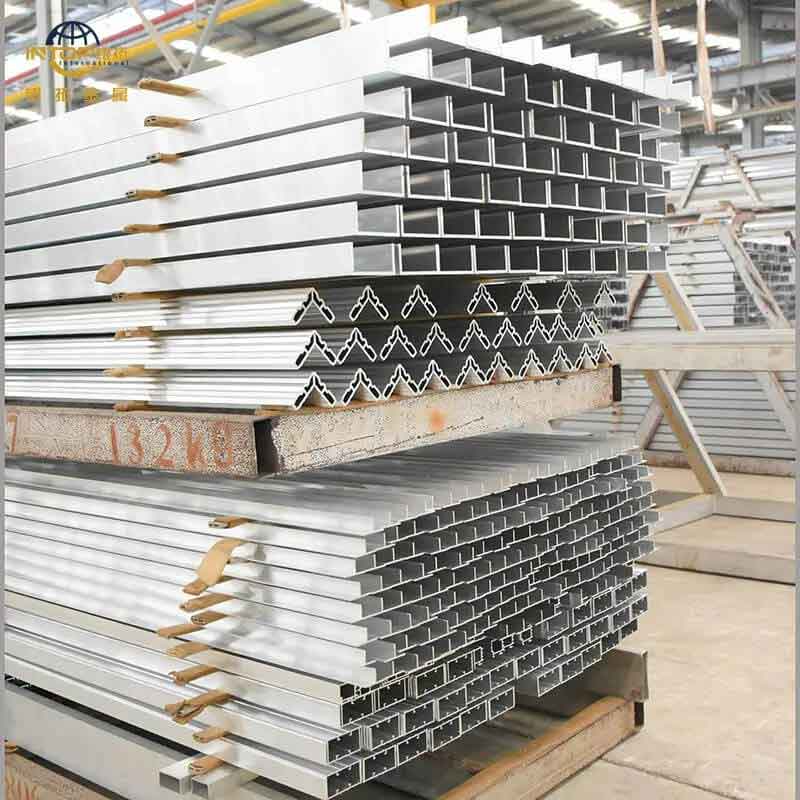
Aluminium sliding door is a type of door system that consists of two or more panels, typically made of aluminium or aluminium alloy frames with glass or other infill options. These panels are mounted on horizontal tracks, allowing the door(s) to slide open and closed. The major components of aluminium sliding doors include the following parts:
The main causes of particles on the surface of extruded aluminum profiles
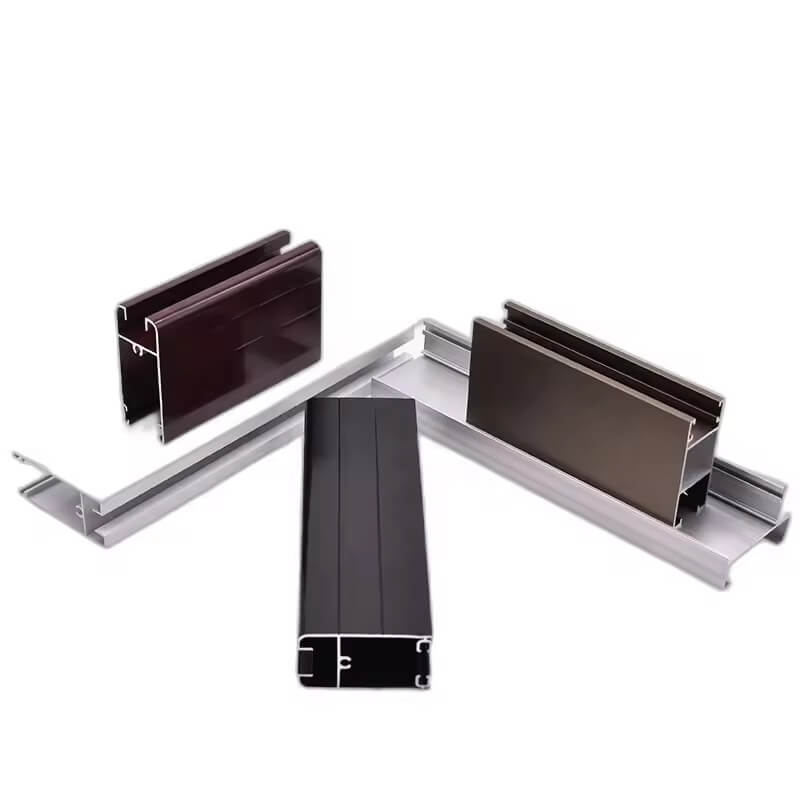
What are the main causes of particles on the surface of extruded aluminum profiles? In the extrusion production of aluminum profiles, there are some small particles adsorbed on the surface of the profile to varying degrees, which feel tactile when touched, affecting the surface beauty of the oxidation, electrophoretic painting and spraying profiles, and reducing production efficiency and yield.
Reasons and solutions for blackening and slag inclusion defects in aluminum extrusion profile billets
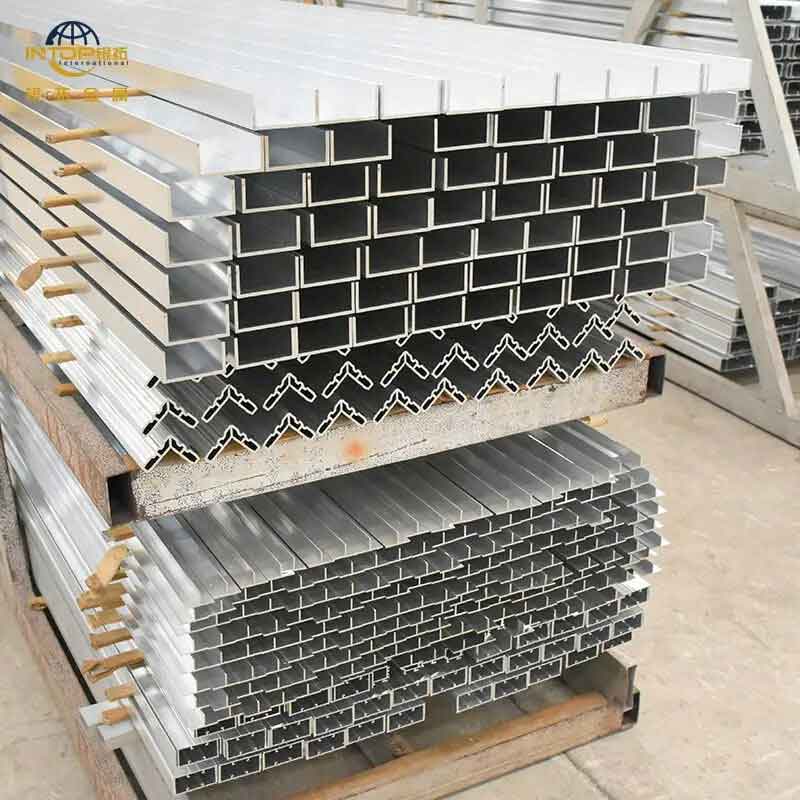
In order to solve the problems of black spots and slag inclusions in finished aluminum profile products, reduce the amount of scrap, and improve the yield rate, the Technology Department conducted a large number of investigations.
5 points of knowledge about aluminum extrusion profiles
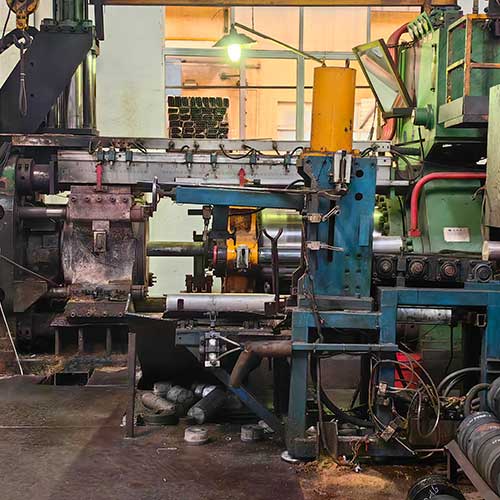
Extrusion is a plastic processing method that applies external force to the metal blank placed in the container (extrusion cylinder) to make it flow out from a specific die hole to obtain the desired cross-sectional shape and size.
